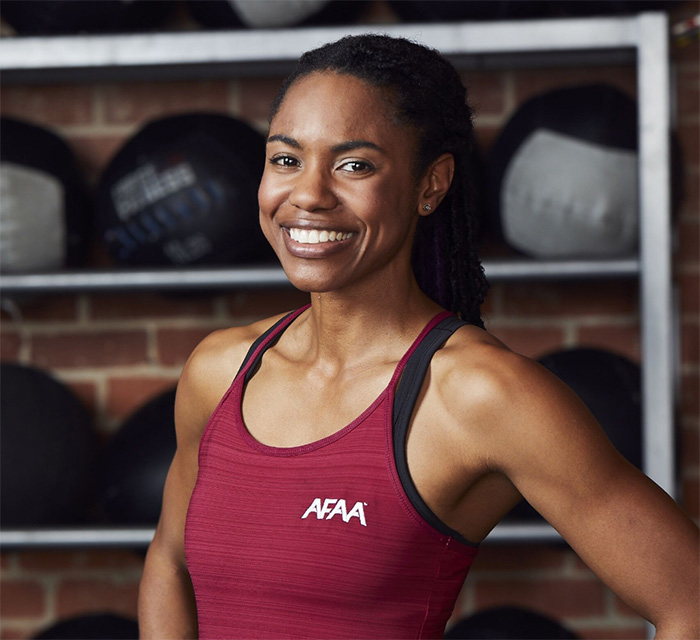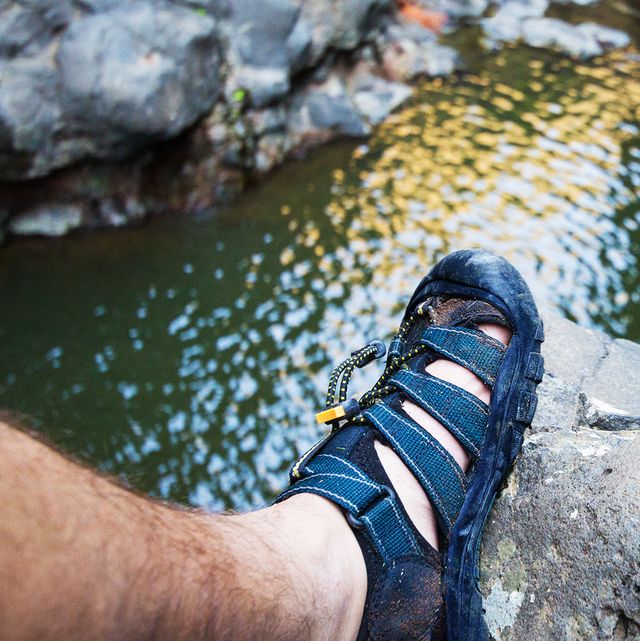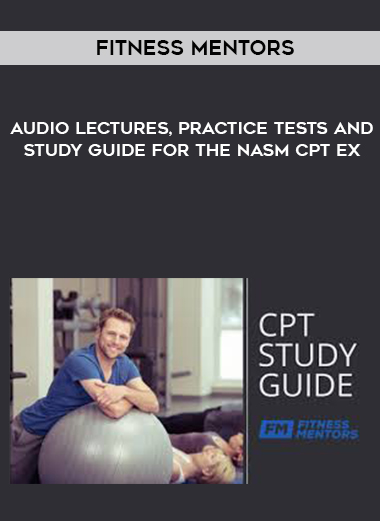
These socks are great for those who don't want shoes to work out. These versatile socks are designed with moisture-wicking yarn to keep your feet dry and comfortable. You can match them with your sneakers, workout clothes, and accessories. You can get more support with some models featuring heel tabs, targeted arch compression, and heel tabs.
No-show socks
It is important to understand what to look for in no-show workout socks before you make your purchase. Ideally, no-show socks should have an arch lock and a heel cup to keep them from slipping or rubbing inside your shoes. To prevent blistering/chafing, it is important that the toe area be seamless.

Toe socks
Toe socks allow you to keep dry and warm throughout your workout without wearing your shoes. These socks are made of flexible, comfortable material and fit perfectly over your feet. They will go with most shoes.
Socks for the lower leg
Low-rise ankle socks are designed for comfort and support. They are breathable, durable, and waterproof. They can be worn all year.
Pedestal socks
Pedestal socks work well as workout socks. These slim-fitting socks are made out of a strong material that kills germs. To prevent funk, the soles have silver lining. The bottom has a grip for jogging and sweat.
Multicolored socks
You want to be comfortable while working out so you can wear socks that look great and are also easy to move in. Some socks are made without shoes. These socks are made from a cotton blend and have an arch support. An alternative is to use a nylon liner that does not show. It acts as an insert to keep your socks in the right place. These liners are available in many colors. They have an interior grip and tabs that help to hold them in place.

Non-slip grips
Non-slip grip socks are recommended for those who do not like wearing shoes while exercising. These socks will protect your feet and absorb sweat, which can prevent blisters. Many socks have fun prints.
FAQ
Do I need to drink alcohol while working out?
It is important to limit your alcohol intake while you are working out. Moderate alcohol consumption (one drink per week) can help increase endurance during training. It may also reduce fatigue and muscle aches caused by intense exercise.
Can I eat during my exercise?
Yes. You can eat what you like while you work out. Choose low-calorie snacks like watermelon. These foods contain nutrients that help you perform better during workouts.
What Does Nutrition Do for Your Body?
Your body functions properly when you have the right nutrition. It is important to eat a balanced diet, rich in fruits and veggies, lean proteins, whole grain, and healthy fats.
How does caffeine affect my sleep?
Caffeine can affect how quickly you fall asleep, and how well you sleep. Caffeine makes falling asleep easy by causing drowsiness. Caffeine keeps you awake for longer periods of time, making it difficult to fall asleep again. Drinking coffee or energy drinks before bedtime is a bad idea.
Do I need heat before exercising?
Warming up before you start an activity will reduce muscle soreness. Warming up can be done in many ways: running, walking, jumping ropes, stretching and cycling are all options. You should start slow and gradually increase your speed and intensity.
Can exercise make me gain weight?
Not at all. You can even maintain your weight by exercising. Training regularly can help you build muscles, increase your metabolism, and burn more calories. This means your body won’t store as much weight.
Statistics
- Adolescent girls were less active than adolescent boys, with 85% vs. 78% not meeting WHO recommendations of at least 60 minutes of moderate to vigorous intensity physical activity per day. (who.int)
- Globally, 81% of adolescents aged 11-17 years were insufficiently physically active in 2016. (who.int)
- In high-income countries, 26% of men and 35% of women were insufficiently physically active, as compared to 12% of men and 24% of women in low-income countries. (who.int)
- Globally, 28% of adults aged 18 and over were not active enough in 2016 (men 23% and women 32%). (who.int)
External Links
How To
How To Burn Belly Fats Faster
When we are trying to lose weight, belly fat is often seen as a problem. But if you think about it, Belly Fat is actually a good thing. Your organs will be protected by the amount of belly fat. Let's learn how to quickly burn belly fat.
The main factors that lead to body fat storage are stress and lack exercise. Stress makes us feel hungry constantly because it stimulates the production of the cortisol hormone. Cortisol is responsible for an increase in insulin levels. The excess calories are stored as fat by insulin. A lack of sleep leads to adrenaline being released into the system which causes an increased appetite. Exercise helps to break down these extra calories.
There are many ways to reduce belly fat. You can try any one of them depending upon your budget. These are some ways to quickly lose belly fat.
-
Eat less food. Eat smaller meals throughout the day rather than eating three big ones. You will eat less calories in general.
-
Make sure you drink plenty of water. Water flushes out toxins from your body and keeps you hydrated. Drinking water prior to every meal will ensure that you are satisfied for longer periods of time and won't eat too much.
-
Avoid unhealthy snacks. If you're looking for quick fixes, snack foods like chips, cookies, candies, etc. This might be tempting. These sweet treats can be tempting, but they are high in empty calories and sugar. Instead, opt for healthy alternatives such as fruits, vegetables and whole grains.
-
Strength training should be done at least three times per week. Strength training increases muscle mass, which can help you burn more calories while still resting. It strengthens bones and muscles, ligaments, muscles, tendons, heart, lungs, as well as joints.
-
Move regularly and stretch. Stretching improves flexibility and mobility which can reduce back pain. Walking is great for burning calories, especially brisk walking for 30 minutes.
-
Reduce alcohol intake. Your diet is empty of calories, and alcohol has no nutritional content.
-
You can lose weight slowly. First, determine your current weight. Add 5%-10% of your total bodyweight to calculate your ideal size. Once you have reached your target weight, begin decreasing your daily calories intake by 500-1 000 calories until you reach your goal.
-
Avoid processed foods. These foods contain high levels of sugar, salt, and preservatives. These processed foods are often convenient, but they lack enough nutrients for good health.
-
Don't skip breakfast! A good breakfast can improve concentration, memory, as well as energy level. Protein (like eggs), fiber and complex carbohydrates (like oatmeal) should be included in breakfast.
-
Have regular bowel movements. Constipation and irregularity can cause gas and bloating. Drink plenty of water to prevent gas and fiber ingestion.